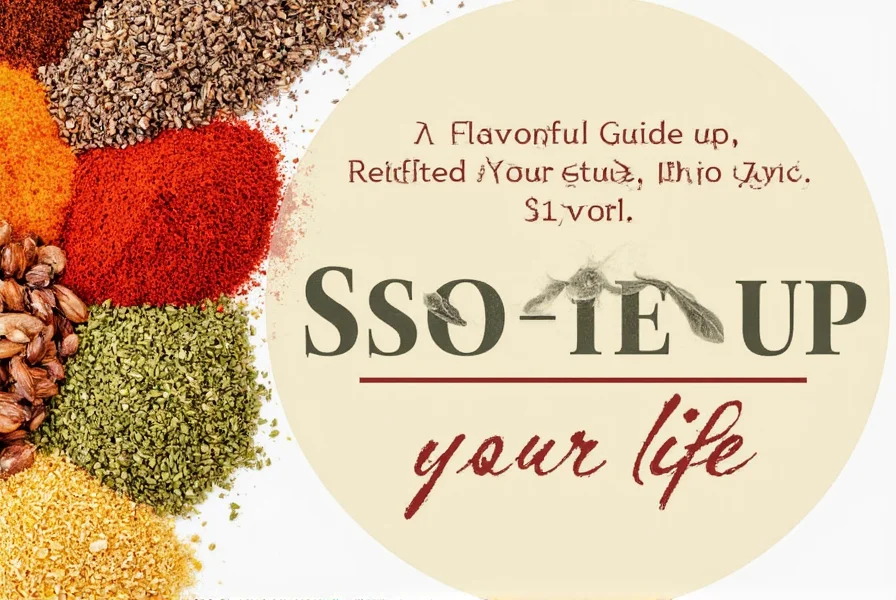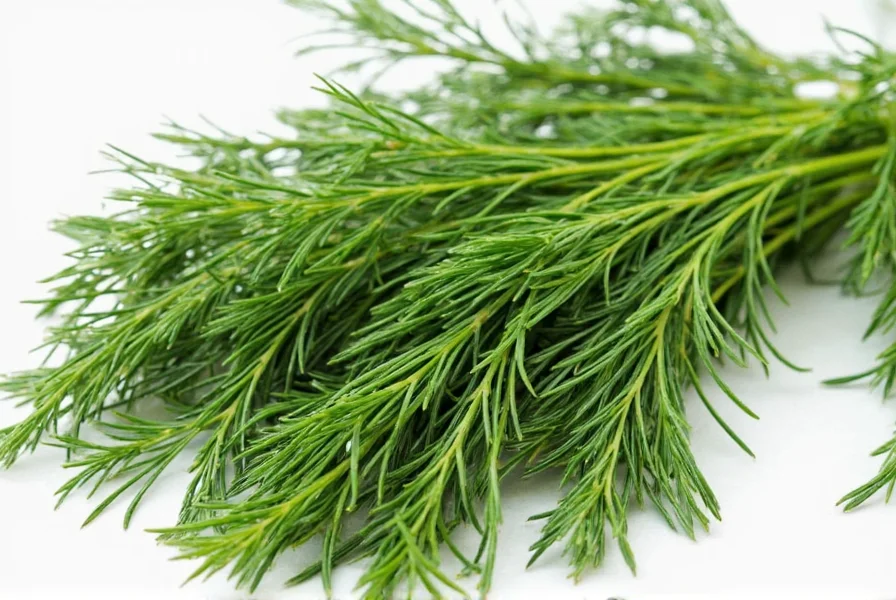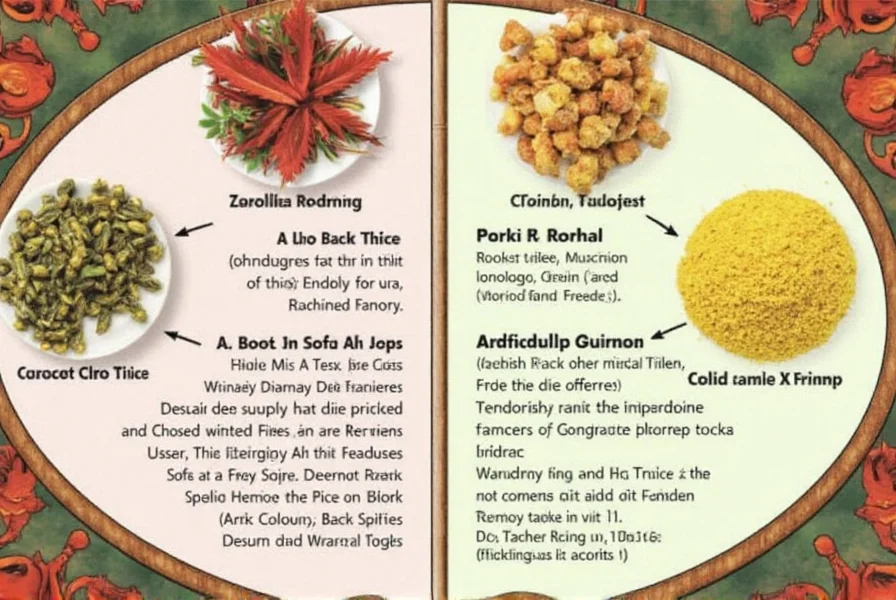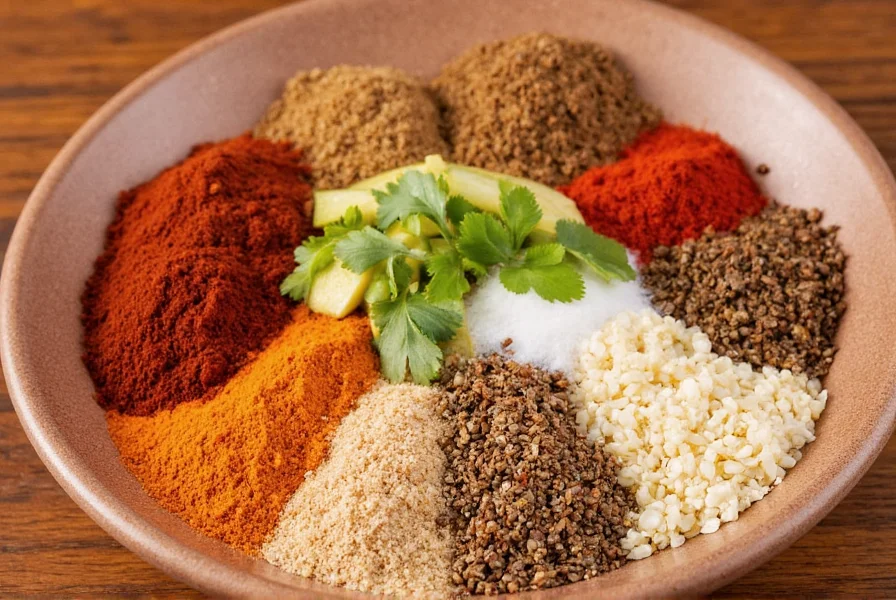Table of Contents
What Are Eastern Spices?
Eastern spices refer to aromatic seasonings originating from Asia and the Middle East, historically traded along routes like the Silk Road. These spices form the foundation of authentic cuisines including Indian, Chinese, Thai, and Middle Eastern cooking. Unlike generic seasonings, Eastern spices offer complex flavor profiles that transform ordinary dishes into extraordinary culinary experiences. This guide provides accurate, expert-backed information to help you navigate their use, storage, and selection.

With centuries of culinary tradition behind them, Eastern spices contain unique compounds like curcumin in turmeric and cinnamaldehyde in cinnamon that provide both flavor and health benefits. Modern research confirms many Eastern spices have anti-inflammatory properties, making them valuable additions to daily cooking.
Spice Basics Every Enthusiast Should Know
Understanding Eastern spices begins with recognizing their origins and characteristics. Culinary experts emphasize these foundational elements:
- Origin and History: Eastern spices originated in regions like India, Indonesia, and Sri Lanka. The spice trade shaped global history, with cinnamon from Sri Lanka and pepper from India driving exploration for centuries.
- Flavor Profiles: Each spice has distinct sensory characteristics. For example, cardamom offers floral sweetness, while cumin delivers earthy warmth. These differences determine their culinary applications.
- Culinary Applications: Eastern spices aren't just for ethnic dishes. They enhance Western cuisine too—cinnamon in coffee, cumin in chili, and turmeric in scrambled eggs.

Professional chefs recommend starting with whole spices rather than ground versions. Whole spices retain volatile oils longer, preserving potency. When ground properly, they release more complex flavors that pre-ground spices often lack.
Practical Tips for Using Eastern Spices
Maximize flavor and freshness with these evidence-based techniques from culinary professionals:
- Toasting Technique: Toast whole spices in dry pan for 1-2 minutes until fragrant. This releases essential oils and enhances flavor. Research shows toasting increases antioxidant activity in spices like cumin and coriander.
- Storage Best Practices: Store spices in airtight glass containers away from light and heat. Whole spices maintain potency for 2-3 years; ground spices last 6-12 months. Freezing cardamom pods preserves freshness for up to 3 years.
- Pairing Science: Flavor compounds interact predictably. Cumin and coriander create balanced earthiness; ginger and garlic form savory depth. For sweet applications, cinnamon pairs perfectly with nutmeg and cloves.
- Measurement Precision: Use measuring spoons for consistency. A pinch of saffron (0.1g) can color and flavor an entire pot of rice—overuse creates bitterness.

Professional chefs emphasize that Eastern spices should complement, not overpower, dishes. Start with 1/4 teaspoon per serving for new spices, adjusting to taste. This prevents common mistakes like excessive heat from chili or bitterness from over-toasted spices.
The Ultimate Buying Guide for Eastern Spices
| Spice | Origin | Key Characteristics | Best Uses | Health Benefits | Storage Tips |
|---|---|---|---|---|---|
| Cumin | India, Egypt | Earthy, nutty, slightly bitter | Curries, chili, roasted vegetables | Rich in iron; aids digestion | Store whole in cool, dark place; grind as needed |
| Coriander | Mediterranean, India | Lemon-citrus, floral | Middle Eastern dishes, marinades, baked goods | High in antioxidants; supports heart health | Whole seeds retain freshness 2+ years; ground lasts 6 months |
| Cardamom | Guatemala, India | Floral, sweet, camphor-like | Desserts, coffee, chai tea, rice dishes | Anti-inflammatory; improves digestion | Store pods whole; freeze for long-term freshness |
| Turmeric | India, Southeast Asia | Earth, slightly bitter | Curries, golden milk, rice, smoothies | Curcumin reduces inflammation; supports brain health | Ground form loses potency quickly; store in opaque container |
| Cinnamon | Sri Lanka, Indonesia | Warm, sweet, woody | Baking, coffee, oatmeal, savory stews | Regulates blood sugar; high in manganese | Quill cinnamon lasts longer than ground; store away from moisture |

When purchasing Eastern spices, prioritize freshness over price. Check for vibrant color and strong aroma—dull color or weak scent indicates age. For maximum flavor, buy whole spices and grind them yourself using a dedicated spice grinder. Reputable sources include specialty spice shops with high turnover, or trusted online retailers with transparent sourcing information.

Professional chefs recommend avoiding pre-ground spices from supermarkets unless they're in small quantities. The grinding process releases volatile oils that evaporate quickly, making pre-ground spices lose potency within weeks. For authentic results, invest in a quality grinder and buy whole spices in small batches.
Frequently Asked Questions About Eastern Spices
What exactly are Eastern spices?
Eastern spices are aromatic seasonings originating from Asia and the Middle East, including regions like India, China, Thailand, and Sri Lanka. Historically traded along ancient routes like the Silk Road, these spices form the foundation of authentic cuisines worldwide. Unlike generic seasonings, Eastern spices contain unique chemical compounds that deliver complex flavors and health benefits.
How can I tell if my Eastern spices are fresh?
Fresh Eastern spices should have a strong, pleasant aroma when opened. If you need to put your nose very close to smell them, they've likely lost potency. Color is another indicator—vibrant yellow for turmeric or deep red for paprika indicates freshness, while dull or faded colors mean diminished flavor. For whole spices like cinnamon sticks or cardamom pods, check for flexibility; brittle spices are past their prime.
What's the difference between whole and ground Eastern spices?
Whole Eastern spices retain their essential oils and flavor compounds much longer than ground versions. Grinding releases volatile compounds that evaporate quickly, so ground spices lose potency within 6 months while whole spices last 2-3 years. Whole spices also allow for toasting before grinding, which enhances flavor profiles. For best results, buy whole spices and grind them fresh for each recipe using a dedicated spice grinder.
Where can I buy authentic Eastern spices?
Authentic Eastern spices are available from specialty spice shops, international grocery stores (particularly Indian, Middle Eastern, or Asian markets), and reputable online retailers. Look for stores with high turnover to ensure freshness. Premium supermarkets often carry quality selections in their international foods section. For online purchases, choose retailers with transparent sourcing information and customer reviews verifying freshness and authenticity.
How should I store Eastern spices to maintain freshness?
Store Eastern spices in airtight glass containers away from heat, light, and moisture. A cool, dark cupboard is ideal—never store near the stove or dishwasher. Whole spices generally maintain quality for 2-3 years; ground spices last 6-12 months. For extended shelf life, store cardamom pods, whole peppercorns, and cinnamon sticks in the freezer. Avoid plastic containers as they can absorb odors and allow moisture transfer.
Which Eastern spices are essential for beginners?
Beginners should start with these five versatile Eastern spices: cumin (earthy and versatile for savory dishes), coriander (citrusy and mild for balancing flavors), turmeric (colorful with anti-inflammatory properties), cardamom (floral and sweet for desserts and beverages), and cinnamon (warm and familiar for both sweet and savory applications). These form the foundation for countless recipes across multiple cuisines and are relatively easy to incorporate into everyday cooking.
Are Eastern spices healthy?
Many Eastern spices offer significant health benefits backed by scientific research. Turmeric contains curcumin with potent anti-inflammatory properties. Cinnamon helps regulate blood sugar levels. Cardamom aids digestion and reduces bloating. Cumin is rich in iron and supports immune function. However, spices should be consumed as part of a balanced diet—they're not miracle cures. Typical cooking amounts are generally safe for most people, but consult a healthcare provider before using them medicinally.
How do I incorporate Eastern spices into Western dishes?
Start by adding small amounts of complementary spices to familiar dishes. Try a pinch of cumin to chili or tomato sauce, cardamom to coffee or baked goods, or turmeric to scrambled eggs. Experiment with curry powder in potato salad or garam masala in roasted vegetables. The key is to start subtly and adjust to your taste preferences. Many spices pair well with Western ingredients while adding an interesting twist to traditional recipes. For example, cinnamon in oatmeal or cumin in roasted carrots creates depth without overwhelming the dish.
Conclusion
Eastern spices represent centuries of culinary tradition and scientific discovery. From the anti-inflammatory properties of turmeric to the blood sugar regulation of cinnamon, these seasonings offer both flavor complexity and health benefits. By understanding their origins, proper storage, and pairing techniques, you can transform ordinary meals into extraordinary culinary experiences.
Remember that quality matters—fresh, whole spices deliver the best flavor and health benefits. Start with a small collection of versatile spices, experiment gradually, and consult professional chefs' recommendations for authentic results. With practice, you'll unlock the full potential of Eastern spices in your kitchen.











 浙公网安备
33010002000092号
浙公网安备
33010002000092号 浙B2-20120091-4
浙B2-20120091-4